2017-09-04Source:
1. Liu Shijin, CCICED Chinese Chief Advisor, former Vice Chairman of DRC of the State Council
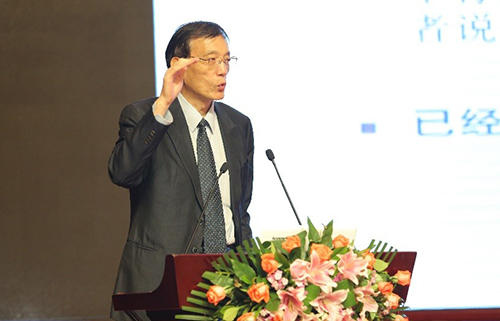
China’s urbanization shall include new ideas, plans and designs based on the concept of Green Urbanization, we need to establish a city system more suitable for our national condition. By applying new technologies of green transformation and the green commercial mode, we can unleash the potential of green transformation comprehensively. We should establish an urban green development alliance to promote the development of the Green urbanization.
2. Arthur J. Hanson, CCICED International Chief Advisor
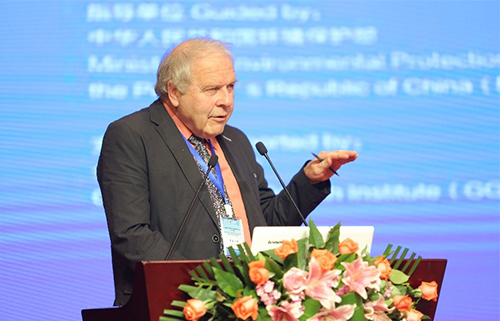
Various policy researches ending up with a common goal which leading us to think about the relationship between human beings and the social development, green urbanization means we need to link all ideas towards to green transformation, China and the world had ahieved great achievement with indicatives and concepts under 2030 sustainable development goals.
3. Guo Jing, Director General of MEP International Cooperation Department
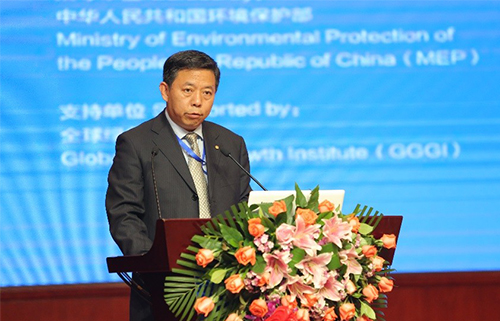
To realize China’s Green Urbanization, we need to promote the urban green transformation by the concept of the Ecological Civilization, enhance the management of urban ecological space, establish and preserve the red line of eco-conservation, and promote the green development of industry.
4. Yuan Qingdan, Deputy Director General of Environmental Protection Department of Hebei Province

Hebei Province is now facing both challenges and opportunities. With strong support from the central government, we are making much progress. Large numbers of enterprises and equipment that fail to meet environmental standards will be replaced or phased out. It requires more efforts on vertical management and grid management system across the province.
5. Frank Rijsberman, Director General of Globe Green Growth Institute (GGGI)
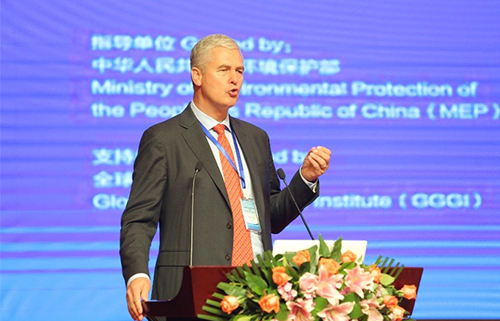
The concept of Green and Smart urban will dramatically impulse the potential of planning and environmental protection for China’s urbanization. We believe the innovative technologies such as bicycle sharing and car-hailing system will play an important role in building China’s Green and Smart urban.
6. Hans Friederich, Director-General of INBAR
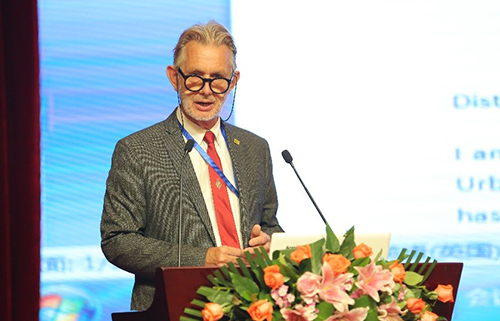
With the continuously increasing of cities, it is widely recognized that forests, parks and green corridors are integral to city planning. As trees are traditionally selected as natural resources for urban green space, bamboos can also play a significant role.
7. Jia Yongqing, member of Standing Committee, executive vice mayor of Langfang city, Hebei Province

The International Forum on Green urbanization held in the city of Langfang brought a profound impact. Located in the center area of Beijing, Tianjin and Hebei province, Langfang’s Green transformation is of great importance to the region, its experience on building ecological city will also offer critical reference to China’s Green Urbanization.
8. Li Xiaojiang, CCICED Phase V member, Consultative Committee member for “Jing-Jin-Ji” Coordinated Development Committee, Former Director for China Urban Planning and Research Institute
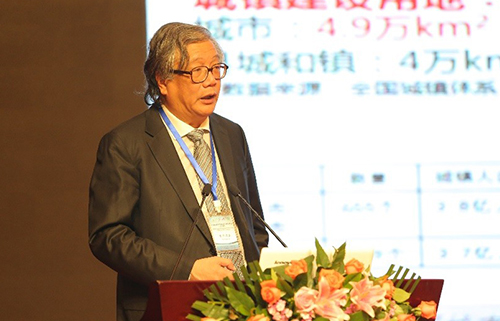
With increasing scale of cities and population, overall slowdown of economic growth, transformation of social and economic structure, tightening natural resources restraint, higher demand for ecological progress, and a transfer of focus from quantity to quality, China’s urban development now faces unbalanced supply and demand, incoordination, and unsustainability. Solving these issues requires value-driven sustainable development, sound policies and mechanisms, and improvement of market behavior by establishing a system where all costs are taken into account, including resources and the environment.
9. Zhang Yongsheng, Chief Expert on ‘Climate change and green development’ of DRC, Director for Development
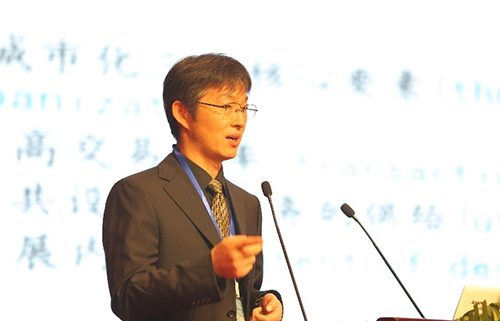
The existing pattern of urbanization is the outcome of industrial age. Traditional industrialization is based on consumer society and materialism-based growth, so pollution and widening of urban-rural gap are inevitable. In a digital and green area when improvement of transaction efficiency and economic organization, change in utility and public service provision, and dematerialization of development are in position, future urbanization pattern will face dramatic transformation. Therefore, it is essential to think outside the industrial box when discussing green urbanization, and promote fundamental transition of development model.
10. Donovan Storey, GGGI Director on Green Cities
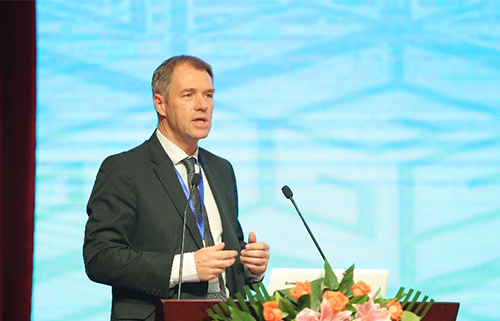
Traditional responses to urban challenges are unable to transform development models from exploitation to investment; to benefit from synergies; to decouple resource use from growth; and to break through the middle income urban trap. Capitalizing on partnership to support local and global green growth agendas is necessary for cities to comprehensively articulate shared goals, commitments and ambitions of the global community.
11. Zhou Guomei, Acting Director General of China-ASEAN (Shanghai Cooperation Organization) Environmental Protection and Cooperation Centre
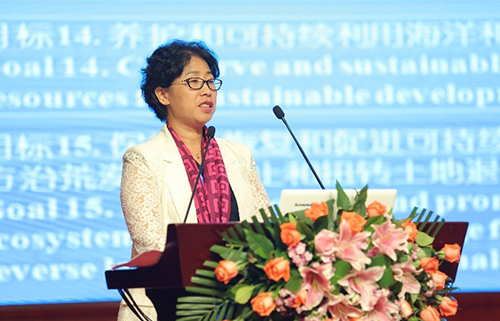
Ecological protection is essential for the Belt and Road Initiative (BRI). Boosting Green BRI not only accords with internal demand of China’s green transition, but also responds to the realistic demands of developing countries along the route for green development and environmental protection. The overall design for Green BRI is summarized as “three systems and three platforms”, namely, system of eco-environmental communication and cooperation, system of eco-environmental services, and system of eco-environmental risk management; platform for eco-environmental information, platform for eco-environmental dialogue, and platform for cooperation in eco-environmental technologies and industries.
12. Jiang Nanqing, Project Planning Officer, UNEP China Office
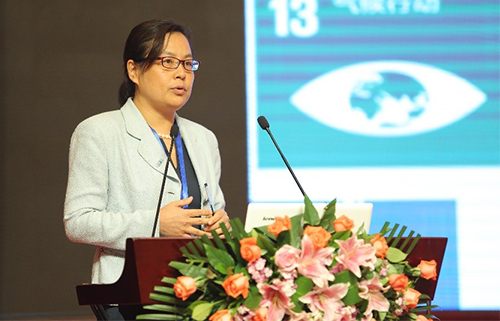
The energy efficiency, share of renewables, cost and emissions of district heat production and distribution can be significantly improved in China. Ongoing projects and initiatives are slowly modernizing some networks, however holistic and replicable solutions that have been ground-tested and have national and provincial level support are still needed. There are still long-standing barriers to the modernization of district energy in China.
13. Qi Ye, Professor of School of Public Policy & Management, Tsinghua University

The consensus on new urbanization is developed, but the implementation is challenging, the crux is to enhancing the governance and to promote the concept of green urbanization in China, Xiong’an project is a test bed for China’s green urbanization.
14. Nicholas You, special consultant to former UN Executive Director for Human Settlements Programme, Senior consultant to WFC on Circular Urban Program, Chairman for the World Urban Campaign (initiated by UN Human Settlements Programme)
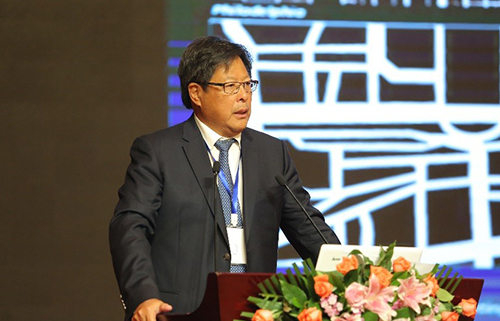
What we need is a “systems approach” to sustainable urbanization. This requires a regional approach that involves urban and rural communities as a single continuum, a planning approach that combines social, economic and environmental issues across all jurisdictions, a governance system with a clear definition of roles, responsibilities and a single set of KPIs.
15. Bob Mosley, Director of Asia-Pacific Cities Program at The Nature Conservancy, USA

In many ways urbanization – the concentration of people on a small geographic footprint is good for human development and is also for the environment, but we need better tools to design cities that can stem biodiversity loss and solve critical problems for human well beings.
16. Gong Daoxiao, Deputy Director for Water affairs, China Urban Planning and Design Institute

As China is heading to “an age of cities”, a number of “urban diseases” arose from the high-speed development during the period, among which the water ecosystem had suffered a steep damage because of people’s neglect in the city plan and construction. The concept of building “sponge cities”, is the principles “Ecological Civilization” and “Green Development” expressed in urbanization, serving as a green pathway to approach the new type of urbanization and a comprehensive way to undermine the complexity of water ecosystem problems, moreover, it’s the innovative demonstration of the cities’ construction and management, also, it’s the mode which can realize the purpose “ developing a system where rainwater can be conserved, filtered and purified in the natural environment”.
17. Peter Saller, GIZ Director of Sino-Germany urbanization partnership

Development of a mobility and fuels strategy shall be included in the plan for promoting the development of Jing-Jin-Ji region. Based on existing transport demand models, traffic demand scenarios should be developed. The pilot of MFS provides recommendations for the development of alternative driving technologies and fuels in the region, the promotion of sustainable and innovative mobility concepts, and the integration of different modes of transport at local and provincial levels.
18. Wang Li, Project manager For Land Development and Regional Economy, NDRC
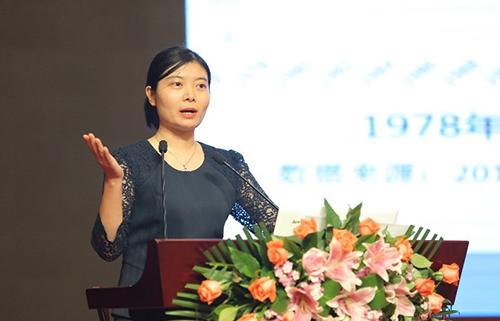
Taking urban space as the medium. Promoting low-carbon economy, building low-carbon society, providing conditions for carbon capturing, exploring new technologies for low-carbon, to meet the demand of reducing greenhouse gas emission, realize the win-win scenario for socioeconomic development and climate protection.
19. Chochoe Devaporihartakula, Project Director, IGES

Proper planning and implementation of pollution control measures have been carried out. Present generation enjoys an environment that is clean and green, and has a high standard of public health. All inlands and coastal waters support aquatic life.
20. Wan Jun, Deputy Chief Engineer, Chinese Academy for Environmental Planning

One of the prominent problems in China’s urban planning and development is lacking concern over environmental protection. It calls for the use of technical means to improve spatial planning in urban areas and push for green urbanization.
21. Marijn van der Wagt, Programme Manager, International Urban Planning Affairs,Directorate for Spatial Development, Ministry of Infrastructure and the Environment.

An important feature of urban planning in Netherlands is protecting the green areas, and balancing the rapid urbanization with the availability of rural land. And usually in this process, multi-parties including the government, the business and other stakeholders are involved in the decision-making.
22. Ole Odgaard, Special consultant to Danish Energy Agency
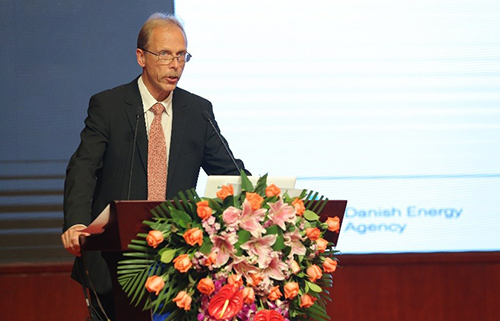
The Denmark introduced heat supply zones to secure economy of scale and optimal use of capacity. It also requires all cities to roll out green solution for regional heating, and create the regional heating evaluation tool to analyze potential reduction of pollutants and provide suggestions concerning the size of heat zones be in cities and towns for China’s reference.
23. Liu Anquan, Senior Engineering, Swedish Heating and Refrigeration Association
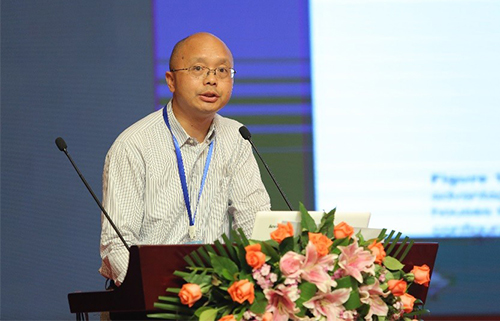
Use of multi-energy including biomass, residual heat, solar energy, and wind together with coal, oil and natural gas can effectively reduce the use of fossil fuel and emission of carbon dioxide. The efficient use of clean, green and renewable energy promotes urban sustainability.
24. Ni Jinsheng, Standing Committee of Science and Technology Commission China Aerospace Science & Industry Corp, Director of Aerospace Date Integration Center

Application of drone technologies and satellites helps improve image resolution notably and make environmental monitoring more precise and detailed so as to provide real time statistics service in accordance with specific needs.
25. Harry Haury, CEO of American NuCloud Global
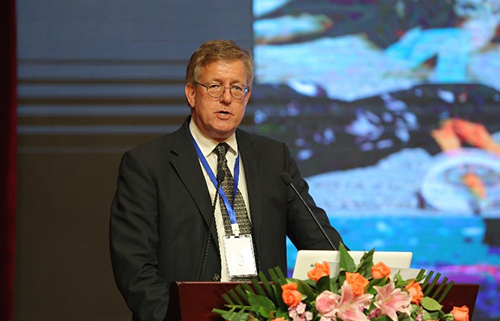
Power plants and residual heat treatment must be integrated in the overall urban planning including sea water desalination, water management and vertical farming to effectively reduce the use of electricity and improve energy efficiency.
26. Shi Ruixue, Deputy General Manager of Environmental Security Division, Beijing GS Technology Co., Ltd
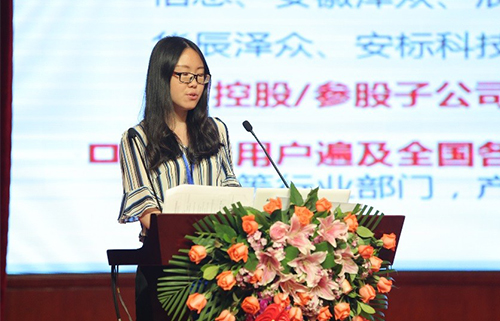
It’s necessary to establish a thorough monitoring system to resolve the monitoring management problems on unknowingly emission and overload of pipe network, and introduce innovative technologies of early warning and tracking of water pollution, in order to improve the regulation capability.
27. Chen Ying, Deputy Director of Sustainable Development Research Center, Director of Sustainable Development Economics, Urbanization and Environment Institute, CASS
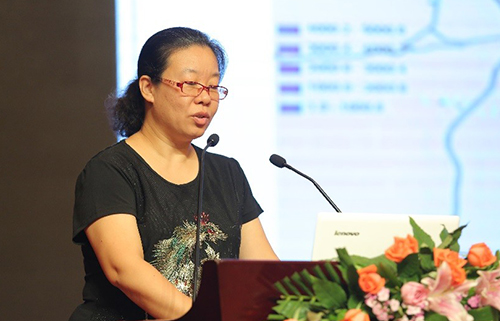
The constructive scenario of Xiong’an region should be in accordance with the 2030 SDGs. We should take innovation as a driver to impulse the region’s economy, build an organic link between the fundamental infrastructure, speed up the reform and innovation of the system and mechanism, establish a long-term mechanism to facilitate the Green Transformation.
28. Ming Dengli, Director of International Cooperation Division, Beijing Municipal Environmental Protection Bureau

Beijing had already established a modern air quality monitoring network, comprised with 67 automatic ambient air quality stations and over 1000 small PM2.5 monitoring sensors devices.
29. Liu Qizhen, Deputy Director of the Atmosphere Center, Shanghai Environmental Monitoring Center.
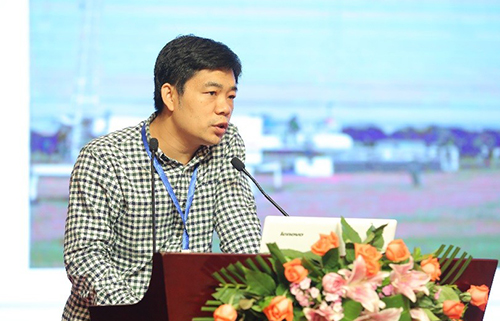
Public service of Shanghai’s environmental information will be more reliable to the people’s livelihood, Shanghai will pay more attention to the needs of people's livelihood in the public service of environmental information. We will engage multiplex modes offering information to the public, promote the social impact of environmental protection, provide the real-time condition of the environment, and promote the resultant force of the popular environmental awareness.
Contact Us:
E-mail:secretariat@cciced.net
Address:5 Houyingfang Hutong,Xicheng District,Beijing 100035 P.R.Chinazip code:100035
Copyright © 2020 Secretariat of China Council for International Cooperation on Environment and Development. All Rights Reserved. Presented by China Daily.
